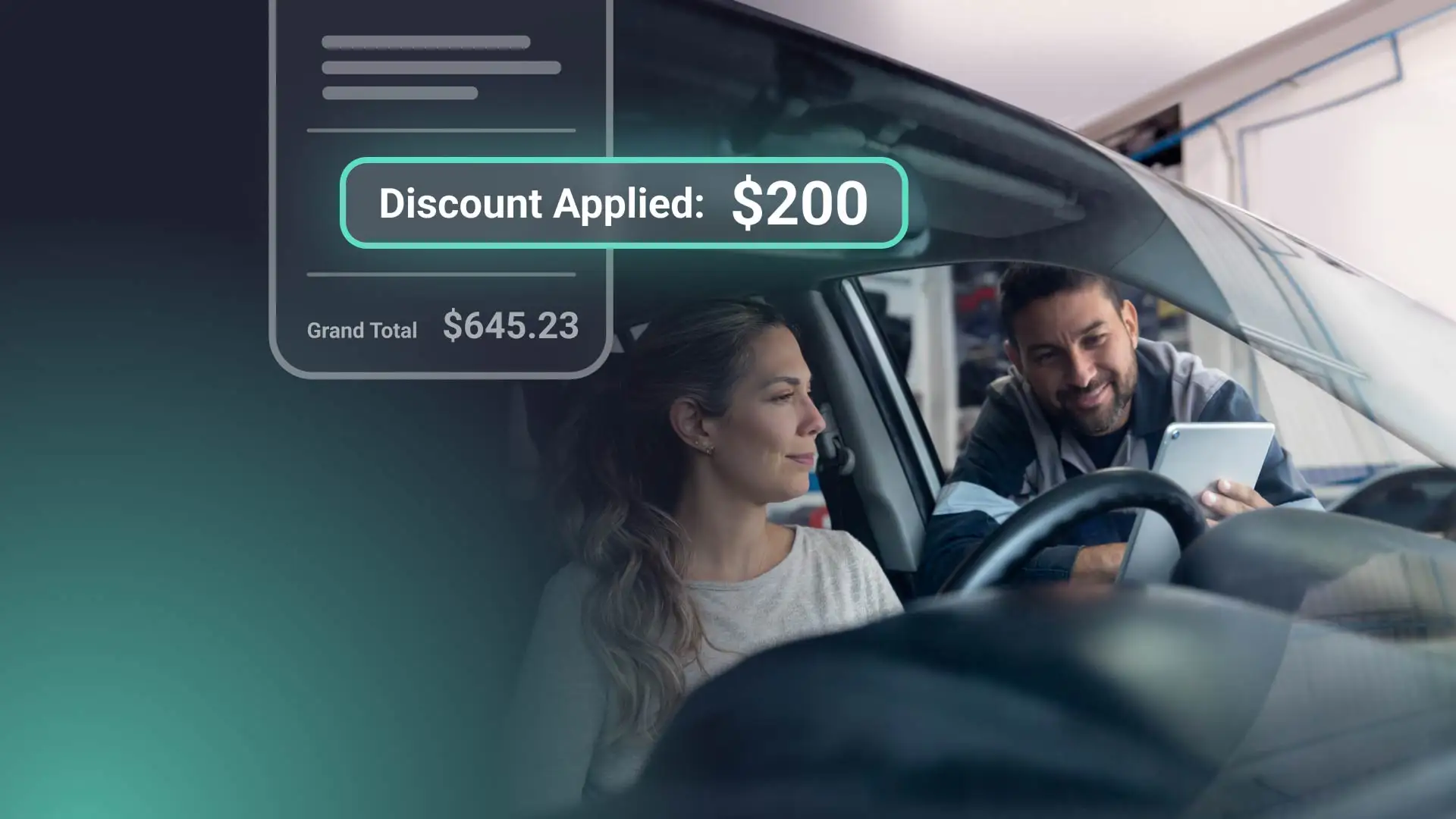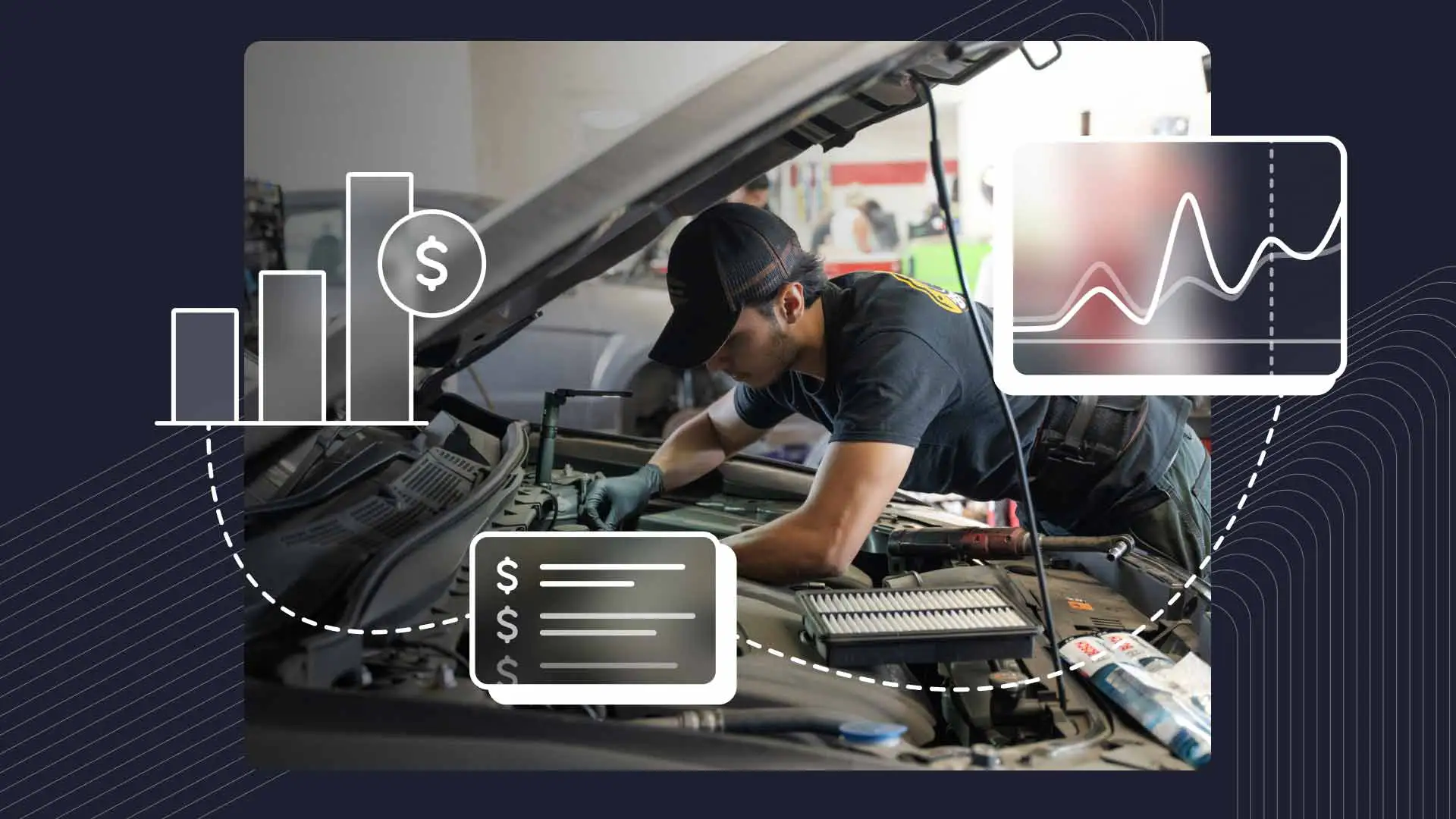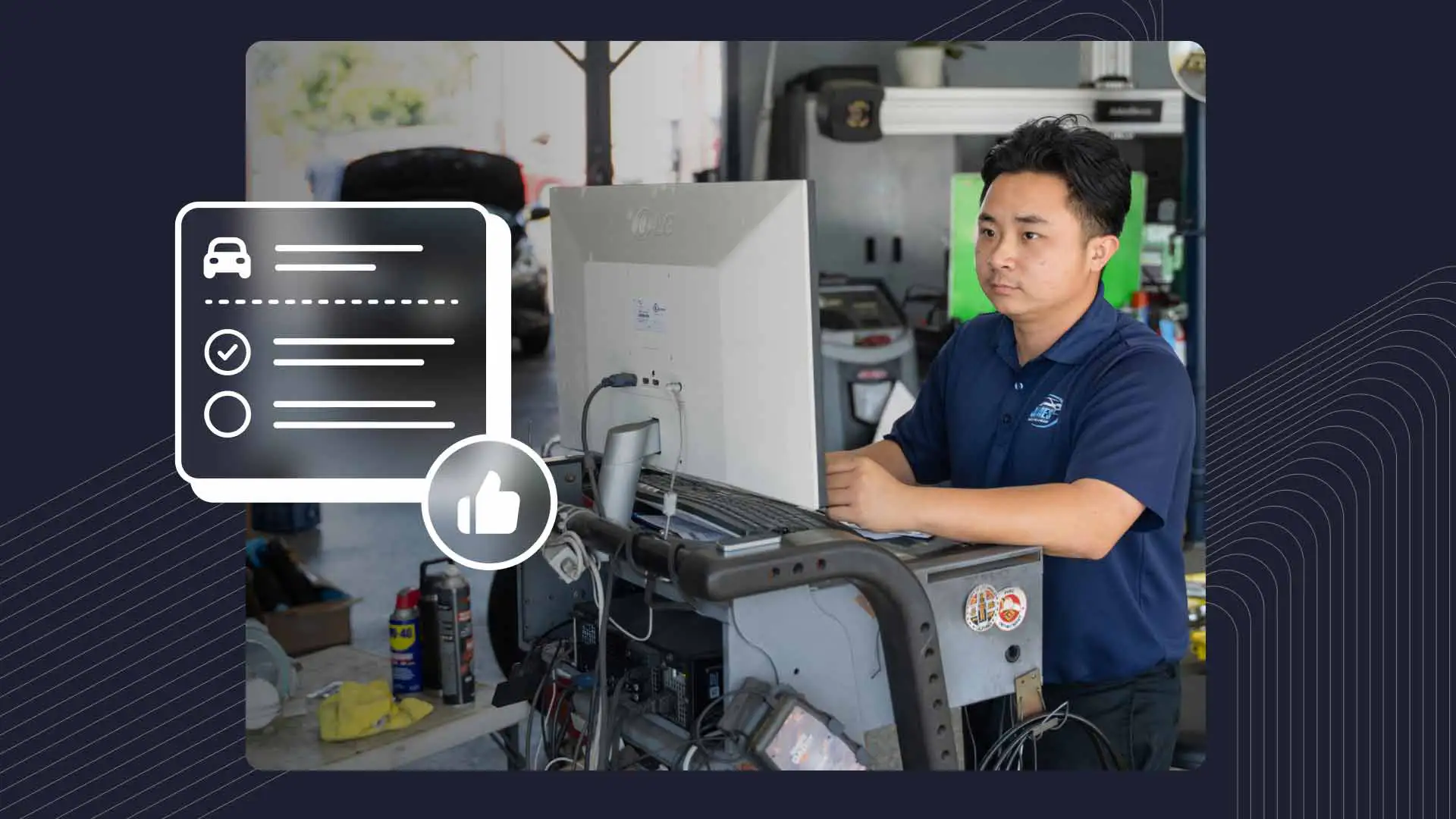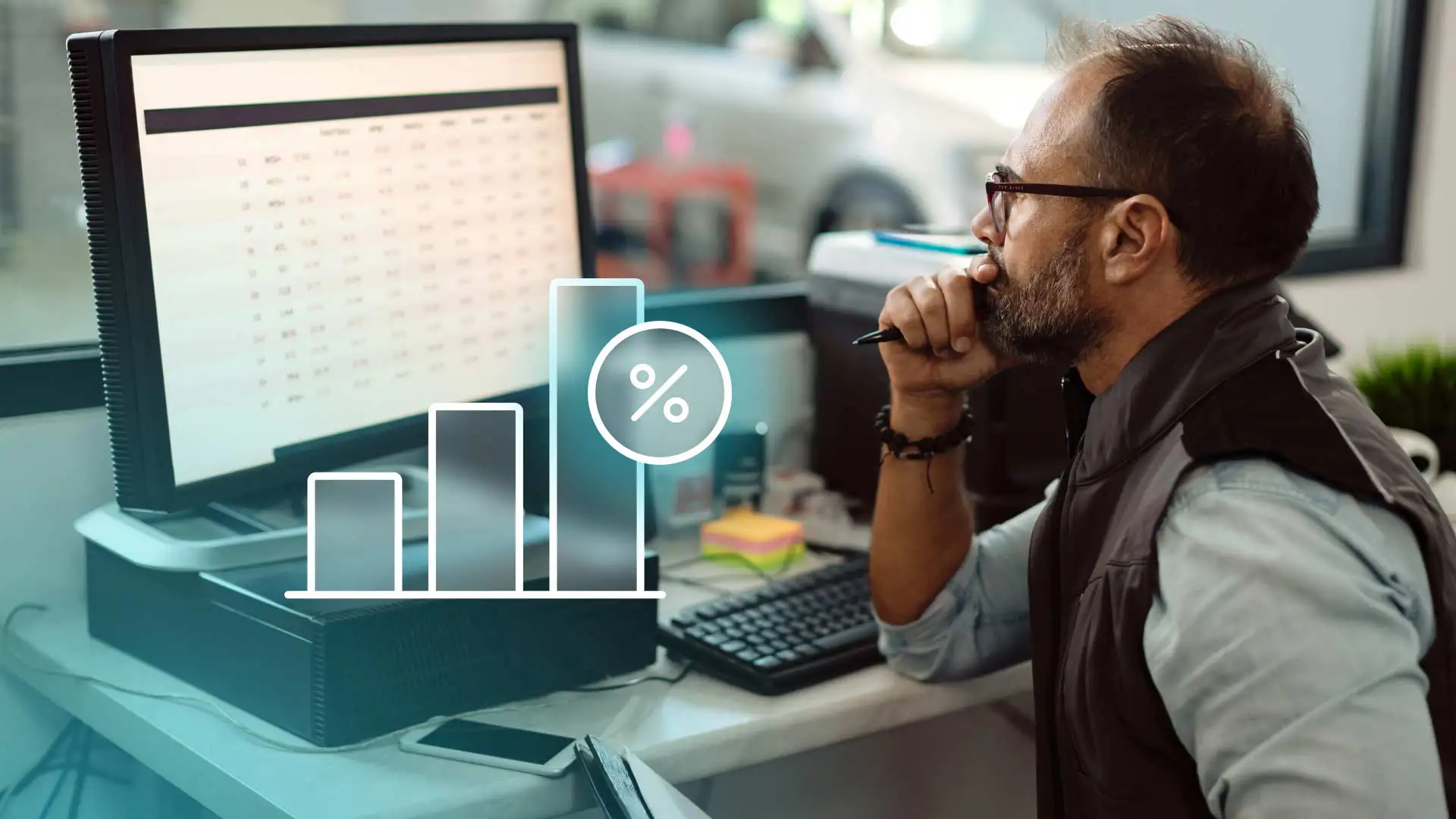It’s almost automatic–when customers walk into an auto repair shop, their guard goes up. Sure, they want those squeaky brakes fixed, but there’s always that persistent worry about getting taken for a ride. And it’s not coming from nowhere. Many have either heard nightmare stories or experienced them firsthand, whether it’s being overcharged, not understanding what’s wrong with their car, or paying for repairs they didn’t even need.
Justified or not, the auto repair industry has a reputation issue. Even if you’re one of the good guys or gals running an honest business, you still have to contend with negative perceptions that can make it challenging to win over customers.
So, how do you shake off those bad vibes and show people you provide exceptional service and treat them fairly? One way is through clear, open communication, from the first conversation to the details of their final automotive repair invoice. That’s where a nifty tool called a negative line item can help.
Understanding Negative Line Items (And Why They Matter)
Negative line items are just what they sound like: a line on the invoice that subtracts a cost, making it clear that you’ve lowered the price. Instead of quietly waiving fees or applying discounts, you highlight them. This isn’t about slashing prices or a race to the bottom–it’s about showcasing your honesty and communicating value. Customers don’t have to wonder whether they’re saving money, or why, when it’s right there in front of them.
How else do negative line items benefit your shop? Let’s talk about online reputations. In the age of Yelp and Google Reviews, customers are quick to share their experiences. A detailed, line item breakdown of waived fees, discounts, and price adjustments reassures them that they weren’t overcharged, making them more likely to recommend your services, leave positive reviews, and become regulars.
Why Should You Use Negative Line Items?
Demonstrating Value and Avoiding Misunderstandings
It’s not that customers object to paying for repairs–they just want to understand where their money is going. Negative line items spell everything out.
Diagnostic Fees: Most shops charge a diagnostic fee. But if the customer approves the repair, that fee often gets rolled into the final bill. Rather than just removing it from the invoice, list it as a negative line item.
Discounts: Everyone loves a good auto repair discount. But instead of just lowering the final amount due, itemize those savings so customers know where they went. The only thing better than getting a deal is seeing it on the bill!
Customer-Supplied Parts: Installing customer-supplied parts is risky business, and we strongly discourage it for liability, compatibility, and quality-control reasons, among others. But if you’re going to do it, you could note the cost reduction along with a disclaimer that protects your shop.
Highlighting Efficiency and Cost Savings
Customers appreciate ingenuity and efficiency, especially when it saves them money. If a part is still in good shape and can be reused, instead of just not charging for it, mark it as a no-charge item. This shows that you’re being cost-conscious and not replacing components unnecessarily.
Along those lines, if a job takes less time than the original estimate, you could include a small labor adjustment. It’s often assumed those charges are locked in, so if customers see a negative line item in their favor, you may just win them over for life.
Standing Out From Competitors
Most repair shops still use simple, single-line estimates that aren’t very transparent. Imagine the contrast when your customers get detailed invoices that actually show how and where you whittled down their bill. It also makes a great visual aid if they leave a review or post about the visit.
Implementing Negative Line Items Strategically
Like any valuable tool, negative line items should be handled strategically. Here’s how to use them in different situations:
Waiving Diagnostic Fees with Repair Approval: Make sure your diagnostic policy is clearly noted beforehand so there’s no confusion. Then, when the repair is approved, show the waived fee as a negative line item. Examples: Diagnostic Fee Applied to Repair or -$75 – Diagnostic Fee (Waived with Approved Repair)
Applying Discounts and Promotions: Always create specific invoice line items for each type of discount rather than rolling them all together. Examples: -$20 – Loyalty Program Savings, -$25 – Online Coupon Applied, or -$20 Military Discount
Handling Customer-Supplied Parts: Again, this is not something we encourage. But if it’s absolutely necessary, be sure to clearly document the supplied part alongside a negative line item for the cost of a standard part. Also, include a disclaimer about voiding the warranty and releasing your shop from liability. Example: -$200 – Customer-Supplied Alternator (No Warranty Provided)
Highlighting Reused Parts: Only non-critical parts should be reused, and only when they’re in good working order. But these can be clearly noted, along with a brief explanation, on the invoice. Example: No Charge – Existing A/C Compressor in Good Condition
Adjusting Labor for Efficiency: If you finish a job faster than expected, adjusting the labor hours downward–even if it’s only a little bit–can make a big impact. Example: -30 Minutes Labor – Efficiency Adjustment
Important Do’s and Don’ts for Success
Always clearly label negative line items and explain them in plain language. When you’re going over the invoice with customers, keep it simple and straightforward so there’s no confusion. And apply them consistently for all customers; this avoids any appearance of favoritism.
Also, never use negative line items as a cover for inflated prices. Customers may get suspicious and wonder whether your original rates are too high. Try not to overuse them, either, since that could undercut the value of your work.
Finally, train your service advisors on how to communicate the benefits of negative line items to customers so they have the intended (positive) effect.
Building long-lasting customer relationships starts with transparency and trust. And Shopmonkey’s best-in-class auto repair software lets you create clear, professional invoices–complete with negative line items–to show customers exactly how you’re saving them money. Request a demo today and find out about our auto repair invoice software!




